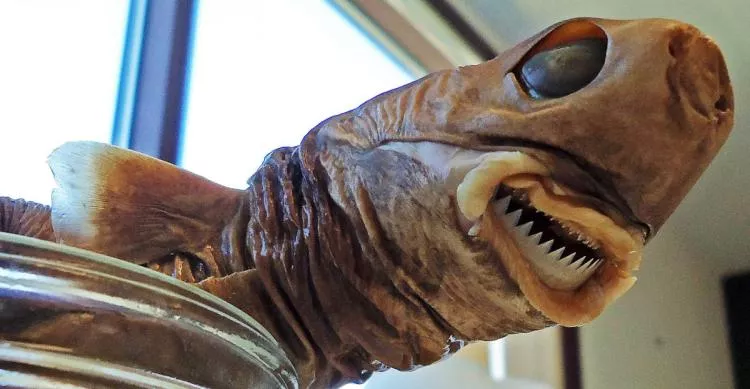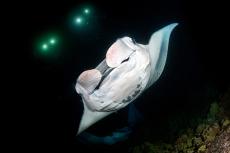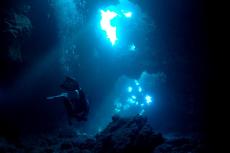Cookiecutter Shark Bites: Moonless Nights are Risky
Cookiecutter sharks have a unique nighttime feeding habit and a preference for ocean habitats, which reduce their interactions with humans. However, rare instances of attacks on live humans have been recorded, with only seven cases reported globally. Interestingly, six of these cases occurred in Hawaii, with five involving channel swimmers.
Steven Minaglia, a faculty member from the University of Hawaiʻi with a passion for channel swimming has published a study that sheds light on the rare interactions between cookiecutter sharks (Isistius brasiliensis) and humans. Minaglia is an associate professor of obstetrics, gynaecology, and women’s health at the John A. Burns School of Medicine, and reveals how environmental factors can elevate the chances of being bitten.
Analysis of Swim Data
With co-author Melodee Liegl, Minaglia conducted an extensive analysis of data from 1961 to 2023, focusing on 129 successful solo channel crossings in Hawaii and the five injuries caused by cookiecutter sharks. They divided the incidents into two groups based on light conditions: one where both the moon and sun were set (the dark group), and another where either the moon or sun was visible (the light group).
The findings revealed a significant difference in the incidence of shark bites. In the dark group, where both the moon and sun were set, four out of 33 swimmers (12%) were bitten. In contrast, in the light group, only one out of 96 swimmers (1%) was bitten. This difference shows that the risk of being bitten was much higher in complete darkness.
Influencing Factors
The analysis also reveals that the start time and year of the swim were significant factors. The gender of the swimmer, the use of shark deterrent devices, and the presence of artificial illumination did not significantly affect the likelihood of an encounter.
The increasing popularity of channel swimming in Hawaii, combined with the times when these swims typically start, has contributed to a higher likelihood of contact between humans and cookiecutter sharks. The study highlights that a moonless night sky is a significant risk factor. Five of the six shark bites in Hawaiian waters took place when the moon was set, between the end of nautical twilight in the evening and the start of nautical twilight in the morning. No other significant trends or risk factors have been identified.
Cookiecutter Sharks
Cookiecutter sharks (genus Isistius) are small, deep-sea sharks known for their distinctive feeding behaviour. They are relatively small, typically growing to about 16-22 inches (40-56 cm) in length. They have a cigar-shaped body, large eyes, and a distinctive mouth with sharp, serrated teeth. They are usually dark brown or grey with light-emitting organs called photophores on their undersides, which help them blend into the faint light from above when viewed from below, a form of counter-illumination camouflage.
Cookiecutter sharks are found in warm, tropical, and subtropical waters around the world. They inhabit deep oceanic waters, usually between 1,000 and 3,700 meters (3,300-12,100 feet) deep during the day, but they migrate closer to the surface at night.
They are named for the cookie-shaped wounds they leave on their prey. They use their suctorial lips (adapted for sucking) to attach to larger animals and then twist to remove a plug of flesh with their sharp teeth. Their prey includes a variety of larger marine animals. Although they inflict wounds on their prey, they rarely kill them. This parasitic feeding strategy allows them to feed on much larger animals without needing to capture and kill them.
Conclusion
While attacks by cookiecutter sharks on live humans remain exceedingly rare, the study underscores the importance of considering environmental conditions, such as moon phases and light availability, when planning channel swims in Hawaii. By being aware of these factors, swimmers can reduce their risk of encountering these nocturnal predators and ensure a safer experience.







































